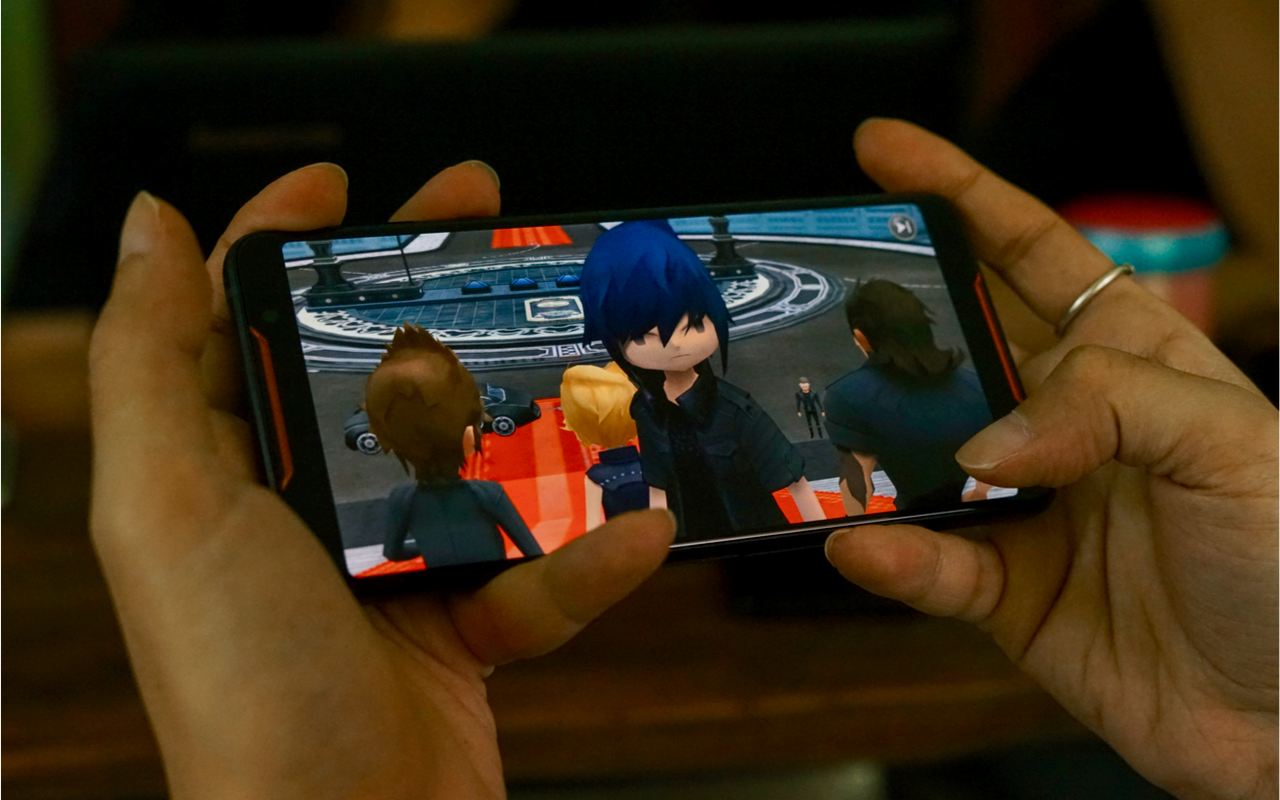Creating collections that target younger demographics is not something entirely new but entering the gaming world and selecting a digital avatar to deliver a testimonial is groundbreaking. Until recently, such partnerships would have been taboo; the luxury world saw video games as geeky, and high-end brands didn’t want to be associated with nerds.
For centuries, couturiers designed luxury products for the leisure class, in other words, beautiful, wealthy, and successful individuals who had distinctive qualities and enjoyed a privileged lifestyle. But the digital-savvy millennial and Gen-Z consumer in this category is a new luxury market — one that’s accessible and inclusive. The new age of democratization has made the luxury world less restrictive and more accessible to groups that, until recently, were seen as undesirable.
In China, political censorship has shaped the artistic dialogue. In the country’s highly digitalized universe, video games come with the promise of constructing a singular world, free of limitations and constraints, which is why young consumers have turned to the gaming industry for self-determination.
Furthermore, as social anxiety and stress are on the rise in China and Hong Kong, young consumers are looking more and more for any escape from their demanding realities. According to The China Mental Health Survey, 16.6 percent of Chinese adults had experienced mental illness in a moment in their lives, while the South China Morning Post reports that roughly 33 percent of young Hong Kong residents suffer from stress, anxiety or depression. Consequently, young adults need stress relief, and video games help maintain their inner peace.
According to Jing Daily’s Ruonan Zheng, Chinese millennials who grew up isolated and lonely without siblings are adding fuel to the country’s gaming obsession, as they often played interactive video games as a way to interact with other kids and build online communities.
Considering all these facts, it’s likely that online games are here to stay. And as long as Chinese millennial consumers remain powerful decision-makers in the luxury world, heritage brands will advance the trends that those buyers most embrace.
It should be noted that the luxury world didn’t fall in love with video games overnight. Back in 2012 Arena Homme+ featured a photoshoot with Final Fantasy characters dressed in Prada. Then, in 2017, the pink-haired digital avatar Lightning from Final Fantasy became the newest Louis Vuitton Ambassador. According to Louis Vuitton creative director, Nicolas Ghesquière, selecting a video game avatar as a spokesperson for Louis Vuitton was a natural thing for our world “where social networks and communications are now seamlessly woven into our life.”
Meanwhile, the rest of the luxury world is now experiencing an unprecedented appetite for gaming platforms. From Hermès’ mobile app H-pitchhh to Dior and Guerlain’s branded interactive games, heritage brands from around the world are currently embracing gaming platforms with the hopes of increasing engagement and seduce millennial consumers. And while initially these gaming apps were conceived as products for the Chinese market, their success has pushed heritage brands to export them globally, again proving that China is the best lab for fashion trends of the future.
More recently, Moschino, Gucci, and Uniqlo have each envisioned video game-inspired collections. While Moschino created an entire collection of Sims-inspired pieces, and Gucci has drawn inspiration from old Sega video game consoles, the Japanese retailer Uniqlo is now designing apparel with motifs from the popular game Monster Hunter. These collections don’t have a universal appeal but are produced exclusively for a younger, cooler consumer base.
At first glance, Moschino’s partnership with the Sims presents itself as a lucrative deal. With over 80 million players, the collaboration introduces the Italian brand to an entirely new audience, offering Moschino the potential to transform itself into an overnight sellout brand. Not all players will become Moschino fans, but Michael Brown, a partner in A.T. Kearney’s Consumer Products and Retail Practice, put things into perspective by saying that he wouldn’t underestimate “the video game players’ ability to purchase these products. The demographic runs from pre-teens to 50-year-olds.”
The naysayers and skeptics should analyze the success of the ‘manga cartoon’ look in fashion in both Korea and Japan, where girls have followed extreme beauty rituals just to emulate the look of a manga character. It’s a fetish that’s dependent on the cultural dominance of hugely popular gaming platforms in China, Japan, and South Korea.
According to Larissa Hjorth, a researcher and artist lecturing in the Games and Digital Art programs at RMIT University, Melbourne, South Korea “is a place where gaming is an integral part of social spaces and practices,” and players include video games in their day-to-day lives. Hjorth believes that in South Korea “cute avatars provide a vehicle for negotiating co-presence between online and offline spaces.”
And while the high price range ($1,295 for a backpack) angered some Sims fans, it’s clear that partnerships between luxury labels and the gaming industry are only multiplying. Given the triumph of past capsule collections, and the need to capture and please a well-wired and younger consumer base, we should expect to see more video games and manga characters in upcoming fashion shows.
